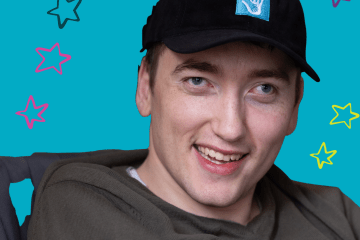Optimizing Neuroplasticity
A lot of parents don't realize that their baby, all the skills that they have. So they can look at you, they can follow you. They're already starting to imitate you, and through the first few months of life, they're already starting to learn to reach and grasp toys, and to have nonverbal communication with you.
Having the diagnosis of cerebral palsy can be traumatic, but I think it's an important thing because then people can find out, what could I do to help my baby? Active rehabilitation starts right from the time that they hear about that diagnosis of cerebral palsy, because there's a lot they can do really early on and we need to not waste any time. We need to get on with that rehabilitation.
So what would I tell parents who are worried about things not happening? I'd say look for the things they can do, where are their strengths, and what could we help with, because they're learning all the time, and maybe those parents just need a bit more information about where their child is at.
Some babies will have an injury that might make it difficult for them to walk. They might have injuries that make it difficult for them to talk. But there's other things that they can work on, there's different ways they can adapt. They can use technology, they can learn all their communication through nonverbal communication. So there's many different options, even for babies who have had a severe injury.
The most important thing is that I can start to get on and learn about the games and activities I should be doing with my baby to optimize neuroplasticity.
"Having the diagnosis of cerebral palsy can be traumatic, but I think it's an important thing because then people can find out, what could I do to help my baby?"





